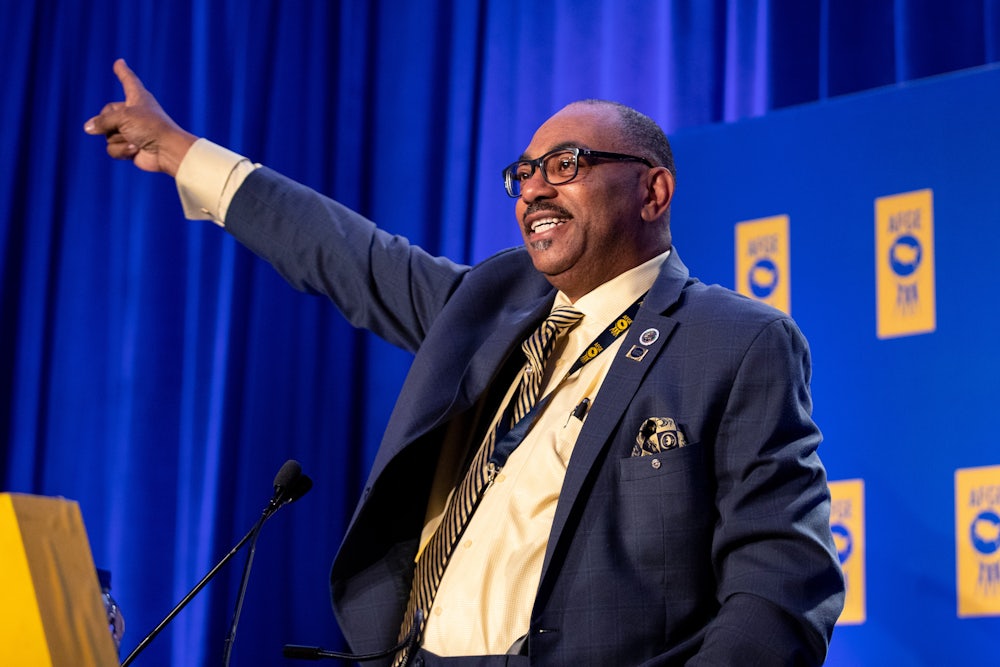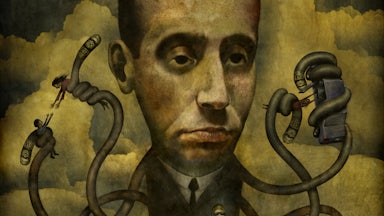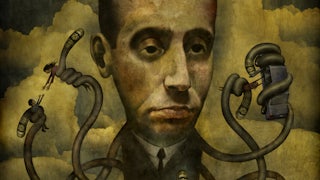It used to be that a government job was the very definition of bland security. Land a role with the feds, and you knew you’d be safe. Your duties wouldn’t be subject to the whims of some capricious new CEO; your benefits were unlikely to suddenly double in price; you wouldn’t get axed when your company was sold to a multinational corporation. Sure, the bureaucratic machine might occasionally lag, you might find yourself tangled in the proverbial red tape, but the private sector’s blithe, cold surprises were nothing you had to fear.
In the space of months, Donald Trump changed all that, destroying the symbolic associations of the civil service along with thousands upon thousands of actual jobs. Trump decimated the U.S. Agency for International Development, the Consumer Financial Protection Bureau, the Agency for Global Media, the Small Business Administration, and the Department of Education, among other agencies. In July alone, the government dropped 12,000 employees. As of early August, the Trump administration was paying no fewer than 154,000 people to do nothing, at least until September 30 or December 31, depending on the contract, when the pay will stop.
In this eerie new reality, no federal worker is safe. Not analysts, researchers, or scientists; not librarians, forensic accountants, or judges. Not Erika McEntarfer, the highly respected commissioner of the Bureau of Labor Statistics, who was fired after her agency produced a jobs report whose findings Trump deemed insufficiently flattering. Even top-ranking officials appointed during Trump’s reign—such as Vinay Prasad, the former director of the Food and Drug Administration’s Center for Biologics Evaluation and Research, who left after less than three months on the job—have been shown to be vulnerable, as have other Trump loyalists. Next year is likely to bring more of the same. In 2026, the Defense Department intends to shed 60,000 civilian employees. The Fish and Wildlife Service aims to lose 19 percent of its personnel. The National Park Service promises 27 percent. The U.S. Geological Survey, 32 percent. The list goes on.
Everett Kelley, the president of the American Federation of Government Employees, characterized the government’s unprecedented attack on its own as phenomenally “aggressive,” “adversarial,” and “inhumane.” The largest union of federal workers in the country, AFGE represents some 800,000 federal employees across a wide range of fields. Public servants, Kelley told me, have been “threatened everywhere you turn.” They have been called names. Their honor and their work ethic have been impugned. These staunch, reliable people, who took oaths to serve without bias, who simply want to do the labor they were hired to do—they’ve been turned into nervous wrecks. “They sit down and they shed tears,” Kelley recounted, “just thinking about what I gotta go through tomorrow.”
As government jobs went from being symbols of drab dependability to a metonym for all the pointless violence of Trump’s second term, Kelley’s union responded to the president “with a battle cry,” he said. When the Department of Government Efficiency tried to “optimize” the federal workforce by making mass layoffs, AFGE sued. When the Office of Personnel Management let go of thousands of probationary employees, AFGE sued. When Trump tried, in an executive order, to strip government employees of their collective bargaining rights, AFGE sued. When agencies affected by the order stopped withdrawing union dues automatically from paychecks, the union signed members up to its new dues system—100,000 in less than three months.
The Trump administration has continued to press ahead, of course, despite the roadblocks erected by AFGE and others. A Supreme Court decision in July, for instance, allowed cuts to advance at the Department of Education and the State Department, among other agencies. But Kelley, who believes his role as national president of AFGE is to “fight like hell,” treats the defeats with equanimity. “I truly believe there’s hope,” he told me. AFGE, he pointed out, has been around for more than 90 years. It has managed to work with administration after administration, and it always comes out “bigger, better, and stronger.” It intends to continue repelling Trump’s war on federal workers. The stereotypes, meanwhile, have been turned on their heads. You can’t enter public service to avoid excitement. At this point, these jobs have all the stability of a high-wire act. Thanks to Trump, the civil service has become a circus.




